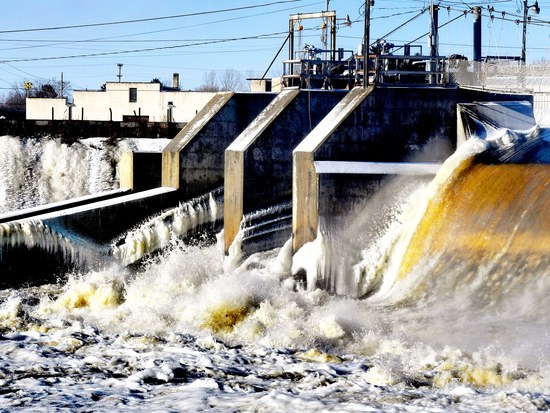Are Technica:
“Humans, and the invasive species we bring with us, are frequently viewed as destroyers of ecosystems. But we alter them just as often, inadvertently picking winners and losers from among the species as we transform their environment. A paper out in today’s Nature describes a case where our actions made a butterfly species a winner but then changed the game so fast that the local population went extinct. All of this because one man died and his cattle ranch shut down.”
"be not too eager to deal out death in the name of Justice ... even the wise cannot see all ends.” Gandalf, Lord of the Rings by J. R. R. Tolkien
One wonders if our in haste to control non-native species at almost all cost that our selection of so-called "good" species might be misplaced and unwise.





















